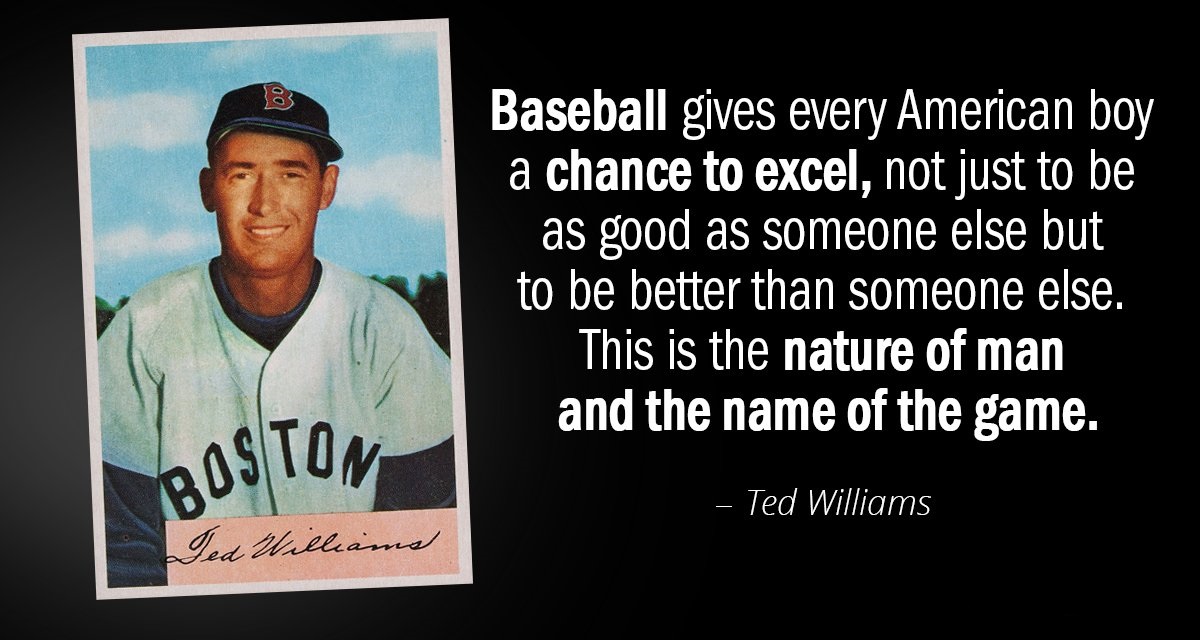
Typically bigger, stronger looking players get more attention in the baseball world. Professional scouts and colleges coaches are drawn to tall players. If they hear someone is 6’4″ they are going to be more interested than if the player is 5’10”. Is this with good reason? Let’s take a closer look.
Taller players do have more potential for power. There are multiple reasons for this. Their larger frames have more muscle, weight, size of joints, etc. This is a key component of power and will help them move faster. As I have talked about in previous posts, the quicker the body and bat move the more power you will have.
But another reason that taller/bigger hitters have more potential power is their size alone. If a bigger hitter is rotating their body at the same velocity as a smaller person, the bigger person is going to have more power. The reason is the size of the radius of gyration. Let me break it down further.
Velocity is calculated by distance/time. If I increase the distance traveled in the same amount of time, velocity will be a higher number. In the graphic below, if two cars complete a lap around the track in the same time, the car in the outer lane must be traveling faster than the car on the inner lane. That is because it has to cover more distance in the same amount of time.

So to use an example with real hitters, due to very broad shoulders and longer arms, Aaron Judge, who is listed 6’7″ 282 lbs, has a large radius of gyration. The distance between his hands and the center of the body, (which is the axis of rotation) is larger than most hitters. His bat will be moving faster at contact than a smaller hitter because of the larger area it has to rotate.

So taller hitters can potentially have more power than shorter hitters. Does this mean shorter hitters should give up trying to hit for power and become slap hitters? No, not at all. Shorter hitters can still generate tons of power, more than enough to be successful, even at the highest levels. Look no further than the last 2 American League MVP’s Jose Altuve and Mookie Betts. They are listed at 5’6″ 165 lbs and 5’9″ 180 lbs respectively. That is about a foot shorter and 100 lbs less than Aaron Judge. Based on their MVP Trophies they can still hit at a high level. They also both have a lot of power. Altuve hit 24 Home runs during his MVP season and Betts hit 32. Plenty of 6 foot tall+ players would love to have those numbers.
Exit Velocity is another indicator that shorter hitters can still hit for power. While Betts and Altuve cannot match Judge and Giancarlo Stanton who can both hit balls with 120+ mph Exit Velocities, they are not far behind them. According to Statcast, Betts had a peak EV of 114.7 in 2018 and Altuve had had a peak EV of 109.0. Both sufficient numbers to hit for power at the Major League level.
So taller hitters DO have potential to hit for more power than short hitters all things being equal. However all things are never equal. If a shorter hitter outworks a taller hitter in the weight room, that extra speed/strength can mean more power for the shorter hitter. Also, just because you are smaller and it is not physically possible to develop the power of Aaron Judge, it does not mean that you cannot hit at a high level. Players of all physical shapes and sizes have been successful in baseball over the years. Ted Williams said something similarly many years ago.

